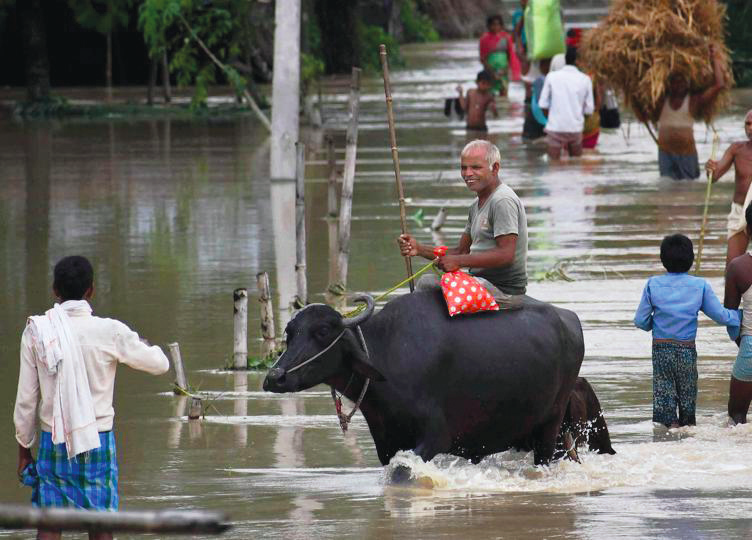
HYDERABAD (TIP): Eating bananas could well be the next best thing in the fight against anaemia soon. Indian and Australian researchers have joined hands to develop iron-rich bananas that could help women with iron deficiency. Bananas contain vitamin B6, fibre and potassium. Globally more than 100 billion bananas are consumed annually, making it the largest agricultural product after wheat, rice and corn. The joint effort will see the development of new strains of iron-rich bananas. It will offer an affordable option to tackle iron-deficiency anaemia, a major cause of maternal deaths during childbirth, especially in India and other developing countries. The Biotechnology Industry Research Assistance Council (Birac) under the Department of Biotechnology and the Queensland University of Technology have signed an agreement for the purpose. The project will see an investment of A$2.6 million or about Rs 14.8 crore. Birac is providing A$1.2 million (Rs 6.8 crore ) to the University and another A$1.4 million (Rs 8 crore) towards the cost of the Indian component of the programme, which will address a nutrition deficiency in Indian population, said Managing Director Renu Swarup.
The project will be led by the University’s Centre for Tropical Crops and Biocommodities Director James Dale and India’s National Agri-Food Biotechnology Institute’s Rakesh Tuli. Other partners include Bhabha Atomic Research Centre, National Research Centre for Bananas, Tamil Nadu Agricultural University and Indian Institute of Horticulture Research. In a press release, Australian High Commissioner to India Peter Varghese said on Wednesday that it is an important project that would help prevent avoidable maternal mortality in India. Dales said the project would build upon ongoing research the University was undertaking to increase the nutritional content of bananas in Uganda under the auspices of the Gates Foundation. The Indian banana project would involve an initial four-year development phase. It would then take another four to five years to prepare the bananas for release to Indian farmers..





Be the first to comment